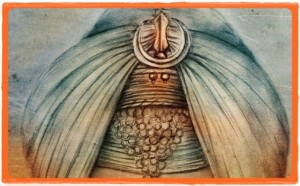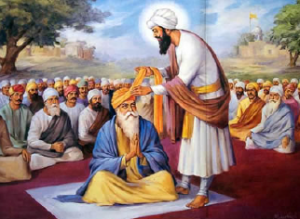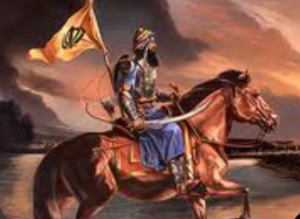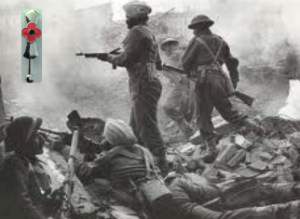What Is The Sikh Turban
 The Sikh Turban is an article of faith that represents Spirituality,Sovereignty, Self-Respect, Honour,& Piety. The Turban, or “Dastar,” or “Pagri,” often shortened to “Pagg,” are various names for the same article. The Sikh Turban is called Dastaar (ਦਸਤਾਰ), which is a more respectful word in Punjabi for the turban. All these words refer to the piece of cloth worn by both men and women to cover their heads. It is a long piece of cloth wrapped around the head fold by fold and tied daily.Traditionally in India, the turban was only worn by higher society. Whereas, people of low status, were not allowed, or could not even afford to wear a turban. The Turban is closely associated with Sikhism since the very beginning from 1469.
The Sikh Turban is an article of faith that represents Spirituality,Sovereignty, Self-Respect, Honour,& Piety. The Turban, or “Dastar,” or “Pagri,” often shortened to “Pagg,” are various names for the same article. The Sikh Turban is called Dastaar (ਦਸਤਾਰ), which is a more respectful word in Punjabi for the turban. All these words refer to the piece of cloth worn by both men and women to cover their heads. It is a long piece of cloth wrapped around the head fold by fold and tied daily.Traditionally in India, the turban was only worn by higher society. Whereas, people of low status, were not allowed, or could not even afford to wear a turban. The Turban is closely associated with Sikhism since the very beginning from 1469.The Turban in Sikh history Bhai Taru Singh Ji
Bhai Taru Singh was born and raised in Punjab during the reign of the Mughal Empire. During this time, Sikh revolutionaries were plotting the overthrow of Zakaria Khan. Bhai Taru Singh and his sister, Tar Kaur (Taro) gave food and other aid to these Sikh fighters. An informant reported them to Zakaria Khan, and the two were arrested for treason. His sister’s freedom was bought by the villagers, and Bhai Taru Singh refused to seek a pardon. He was given a choice to convert to Islam, but he choose to give his head to his Guru instead, and received martyrdom.
Importance of Sikh turban
The Turban is a symbol of spirituality and holiness in Sikhism. All Sikh Gurus wore Turbans.
“Sabat Soorat Dastaar Sira”
‘Sabat’ means that which is whole, complete and unaltered, in its original form. ‘Soorat’ is face or appearance, ‘Dastaar’ is turban and ‘Sira’ is head. Collectively, it means a person complete with full physical features, inclusive of hair as granted to him by God, with a turban to adorn his head. (SGGS Page 1084)
The Turban was meant for only Kings. Non-Muslims were not allowed to keep horses or weapons and to had wear a Turban. The Turban provides Sikhs a unique identity. Thus, a turbaned Sikh has always stood out from the crowd, as the Guru intended. For he wanted his ‘Saint-Soldiers’ to not only be easily recognizable, but easily identified as well.
The Turban is a symbol of honour and self-respect. It is also symbol of courage, dedication and piety. In the Punjabi culture, those who have selflessly served the community are traditionally honoured with a Turban (Siropa). Sikh soldiers refused to wear helmets during World War I and World War II. They fought instead with a turban on their head instead of metal helmets. A Sikh (Khalsa) is supposed to be fearless because wearing a helmet is admitting fear of death.





